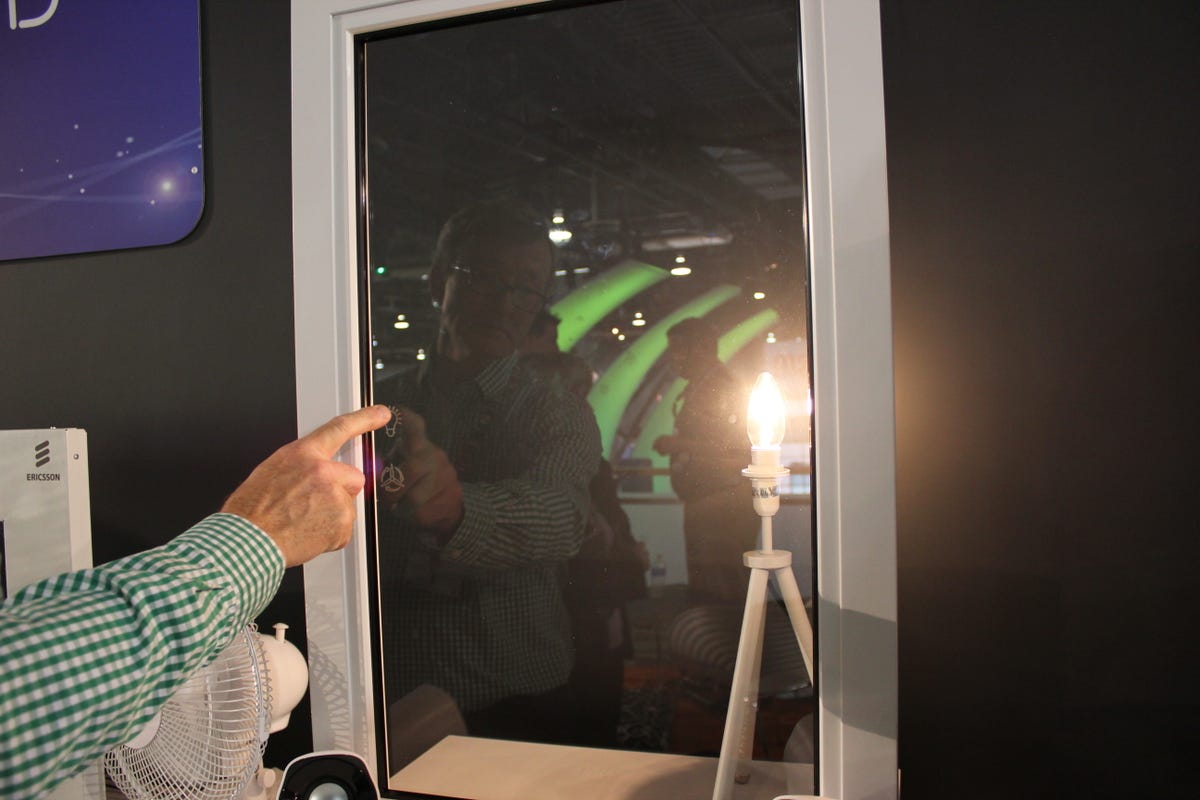LAS VEGAS — Windows that only let in sunlight and provide a view to the outside world? That’s so yesterday’s news.
Ericsson believes it can do more with windows, and it had on display here a few windows enhanced with different modifications. One had a transparent cellular antenna embedded in the glass, potentially improving smartphone reception. Another was outfitted with infrared sensors around the frame, allowing it to detect swipes and taps.
The exhibit, part of CTIA 2013, and titled “Windows of Opportunity,” showcases these “smart windows” as research concepts. Ericsson doesn’t plan to get into the window glass business, but it is hoping other companies are inspired enough to take the technology and build practical products with it.
When looking at how to provide a closer connection to the consumer, Ericsson settled on windows as something that’s universal to virtually every building.
“We looked at how we could use the most common element around us,” said Keith Shank, director of the company’s advanced technology labs.
The antenna-embedded window offers many opportunities to boost reception in buildings, homes, and even trains. Ericsson offered up another window with a clear Faraday Cage built on one side, which traps the cellular signal. The idea would be for buildings to have a similar structure around their windows, trapping the improved cellular signal within the building and boosting the coverage.


Roger Cheng/CNET
Likewise, a train could be outfitted with this, so each passenger’s smartphone could be picked up by the antenna built into the windows above their seat. Shank said it could improve capacity and reception dramatically.
Ericsson’s touch-screen window was an ordinary pane of glass with IR sensors built all around it in the frame. Tapping the window at a certain spot turned a light bulb on, while tapping another spot triggered a fan. By swiping down the center, you could start playing music, and adjust the volume with another swipe.
Ericsson regularly introduces these new kinds of whiz-bang features, including one product that actually used the human body to connect two devices. But the company largely just files a patent on the technology and looks to license it to enterprising companies.


Roger Cheng/CNET



